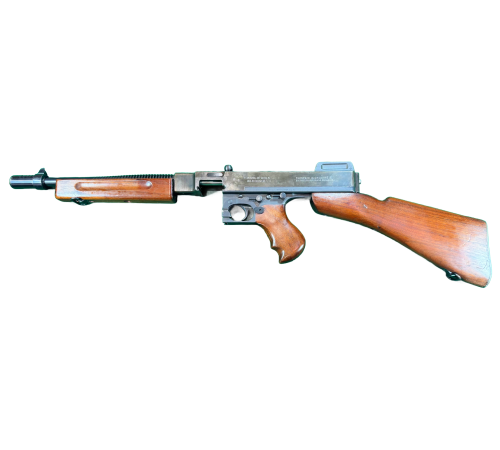WWII Military Rifle Optics and Scopes

WWII Military Rifle Optics and Scopes:
A Look at Wartime Precision The introduction of rifle optics and scopes during World War II transformed battlefield marksmanship by providing snipers and infantry enhanced accuracy and extended combat ranges. The main powers created specialized optical systems for their rifles which enhanced target recognition and reconnaissance along with distant combat capabilities. These scopes exist as highly valued historical artifacts which are also sought after by collectors.
American Rifle Optics:
The U.S. military equipped its M1903 Springfield and M1 Garand sniper variants with scopes that included the M73B1 Weaver 330-based model and the M81/M82 scope series. These scopes were rugged, featured simple crosshair reticles, and typically offered 2.2x to 2.5x magnification. The Unertl 8x scope obtained limited Marine Corps deployment because of its exceptional precision capabilities.
German Rifle Scopes:
The German military demonstrated exceptional expertise in optical technology through their development of top-quality scopes for Karabiner 98k (K98k) sniper rifles. The ZF39 and ZF41 alongside ZF4 represented common scope models which provided users with 1.5x to 4x magnification capabilities. The German military mounted these scopes on special K98k rifles and later on semi-automatic G43 rifles to enhance sniper capabilities during Eastern and Western Front operations.
Soviet Rifle Optics:
The Soviet Union deployed numerous Mosin-Nagant M91/30 sniper rifles with PU and PE/PEM scopes for their scoped Mosin-Nagant M91/30 rifles. The 3.5x PU scope established itself as an iconic Soviet sniper instrument because of its compact design and reliability. The PU scope proved its durability during the Stalingrad defense campaign while operating in the most demanding battlefield conditions.
British Rifle Scopes:
The No. 4 Mk I(T) sniper rifle originated from a modified Lee-Enfield No. 4 which British forces used with the No. 32 scope. The 3.5x No. 4 Mk I(T) sniper rifle scope provided robust adjustment capabilities with dependable performance and clear range markings. British military optics earned recognition because of their combination of quality production with straightforward design.
Japanese Rifle Optics:
The Type 97 sniper rifle which used the Arisaka Type 38 as its base included a built-in 2.5x Tokyo scope. The Pacific combat environment required this scope to work effectively although it did not match the capabilities of German or Allied optics. Limited deployment of Type 99 snipers involved improved scope installations in the latter stages of the war.
Legacy and Collectibility:
The WWII rifle optics and scopes function as vital military artifacts which attract serious collectors because of their historical significance and scarce availability. Scopes from World War II which remain in their original condition with their original mounts attract intense collector interest because of their historical importance and limited availability.
